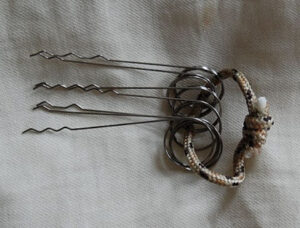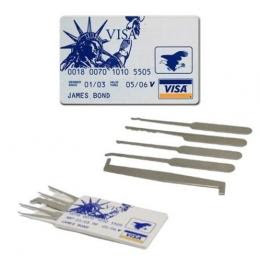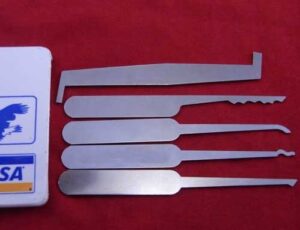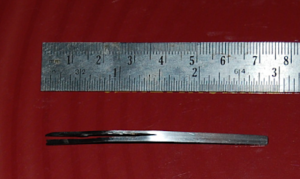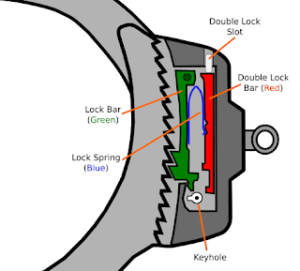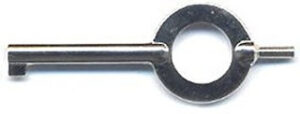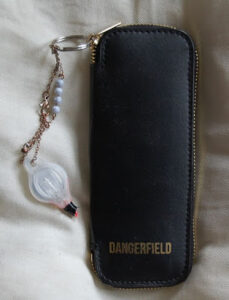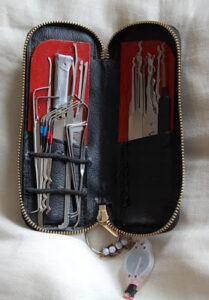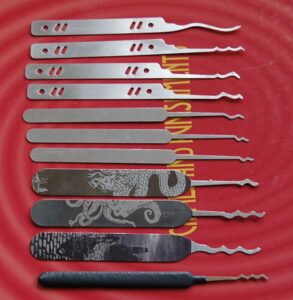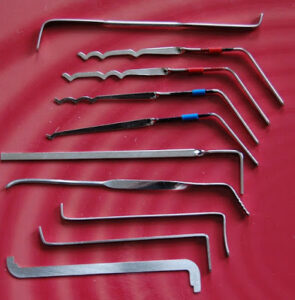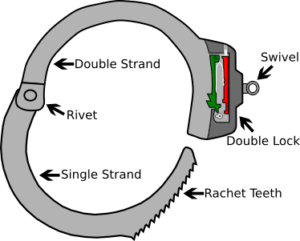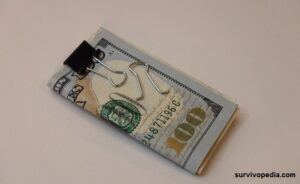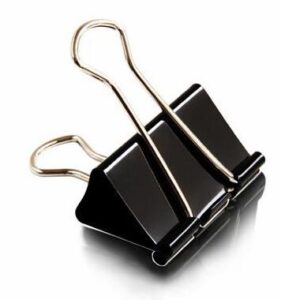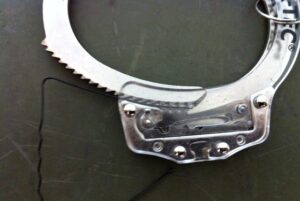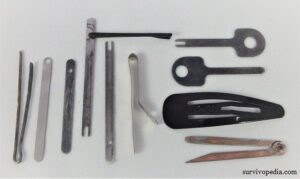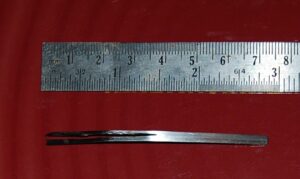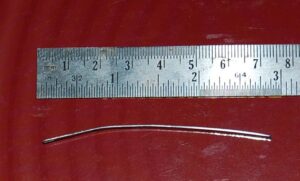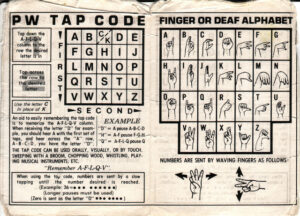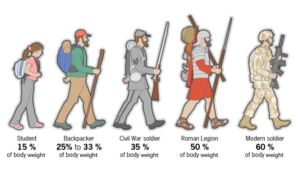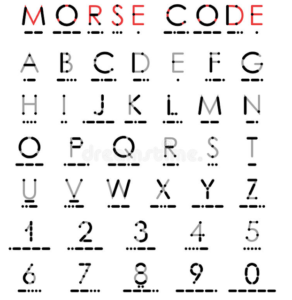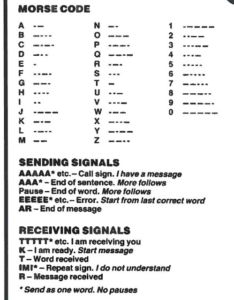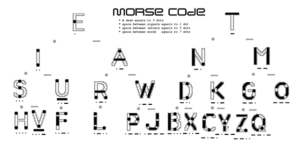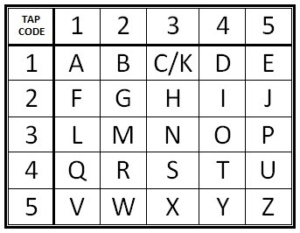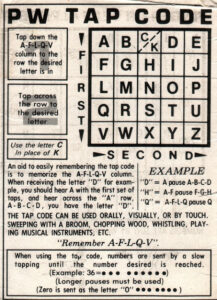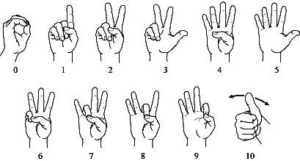Recently I came across another reference to American Civil War (ACW) “Foot Cavalry”. As has been noted in other posts, many infantry in this conflict became adept at moving fast and light.
John Worsham’s account of the war as part of Jackson’s brigade is worth a read. So too is John D. Billings' memoir, Hardtack and Coffee, I'm told.
Many of the lessons that they learned and techniques that they practiced have been generally ignored in more recent times.
In previous posts we saw how such soldiers reduced their sleeping gear to a blanket, gum-blanket or oilcloth and perhaps a shelter half. Their food and eating equipment occupied a foot square haversack.
Knapsacks were often discarded and what little they did not wear was rolled up inside a blanket. Such a blanket might contain little more than a spare shirt, socks, a nightcap and perhaps spare underwear.
Some cordage, a sewing kit, tobacco and a bible might complete the load.
One advantage these soldiers had was that their jacket and trousers were of wool, which stays warm if wet and dries more readily than cotton. Some garments were “jean cloth” –a mixture of wool and cotton.
Woollen uniforms were used by most armies until after the Second World War, when the printing of camouflage patterns favoured switching to cotton.
Long frock coats were the current military fashion at the time of the ACW, but the majority of soldiers opted for either sack coats or shell jackets.
The sack coat was originally issued as fatigue wear. It was longer than a shell jacket but generally not as long as the civilian garments called sack coats.
The shell jacket was a waist-length garment and was favoured by troops that rode.
Union infantry seem to have favoured the sack coat, while the Confederacy mainly issued shell jackets, probably as an economy measure. Pragmatically the Confederacy allowed trousers to be blue, brown or grey.
Greatcoats were also used, and this article has instructions on how to fold one to fit in the knapsack.
If the knapsack was not being worn, the coat was presumably rolled in the blanket roll or carried in the company baggage until weather was cold enough for them to be needed. Presumably, many soldiers simply wore their blanket as a cloak if it was chilly.
Billings tells us some soldiers discarded their blanket in favour of the coat.
It is what these soldiers wore under their uniforms that is of interest to the modern outdoorsman.
At this period, shirts were regarded as an inner or underwear garment more than they are now. You might have seen soldiers in shirtsleeves, but wearing a shirt as the outermost layer was much less common.
Shirts might be woollen, cotton or linen. They might be issue items or civilian in origin. Many shirts were sent from home and homemade.
Typically, a shirt would be of the pull-over type with a buttoned opening reaching part way down. Such shirts were also thigh-length.
One reason for this length is that a shirt would also serve a soldier as a nightshirt. Nearly a century later, Rommel’s Afrika Korps were also issued long shirts so they could sleep in them.
Another reason for the long shirttails was that many men in the ACW period did not wear underpants. Instead they would tuck their shirt tails between their legs, a practice that dates back to at least the middle ages.
More than one shirt might be worn. A letter from a soldier asks his family to send him four woollen shirts, two of thin wool that can be used as undershirts.
While researching this article,
I came across this facebook group detailed the contents of a British soldier’s blanket roll in 1776.
Three shirts were carried, one worn, two packed, and men ordered to “change their linnen [sic] three times a week”.
Many soldiers had never encountered such things in civilian life and it was considered good sport to try to convince a newbie that these were parade trousers that he should wear.
The drawers issued were ankle-length and made of a cotton flannel, hardwearing on the outside and soft on the inner face. The use of cotton is perhaps a little surprising, given that cotton is cold when wet and slow to dry.
In a previous post,
we saw that the WW2 Soviet soldier wore long cotton underwear, but this was presumably for easy processing through the field laundry.
One presumes laundry for a civil war soldier was more personal or ad hoc.
Perhaps there is something about the combination of cotton drawers under wool trousers that I am missing.
One advantage of cotton is that it could be boiled to kill lice, ticks and fleas.
Wearing two pairs of drawers might be done in cold weather or when riding.
When drawers were worn, the long shirt tails probably provided an additional protection against chaffing.
Worsham mentions “Many wore around their waists, next to their skin, a flannel belt or worsted string, to prevent bowel complaint”. This may be a reference to the “kidney warmers” favoured by Germans (and Japanese!) and presumably those men were of German descent, as many Americans were.
Incidentally, “kidney warmers” were another component of Afrika Korps uniform. A future blog will discuss kidney warmers. They seem a useful addition to your cold weather gear.
Laundering seems to have been an issue for civil war soldiers.
New or clean underwear seems to have been a cherished spoil of war. There are even accounts of soldiers redressing during battles.
On the subject of cotton underwear vs woollen, we can look to James Austin Wilder and Horace Kephart, several decades later.
In “Jack-Knife Cookery” Wilder advises scouts to wear “light woolen athletics”, even in summer.
“However, the broad statement that one should wear nothing but wool at all seasons requires modification. It depends upon quality and weave.
Some (wool) flannels are less absorptive and less permeable (especially after a few washings by the scrub-and wring-out process) than open-texture cottons and linens.”
“If woolen garments are washed like cotton ones-soap rubbed in, scrubbed on a washboard or the like, and wrung out — they will invariably shrink. The only way to prevent shrinkage is to soak them in lukewarm suds (preferably of fels-naphtha or a similar soap), then merely squeeze out the water by pulling through the hand, rinse, squeeze out again, stretch, and hang up to dry. This is easy, but it requires a large vessel, and such a vessel few campers have.”
“Drawers must not be oversize, or they will chafe. But one’s legs perspire much less than his body, and need less protection; so, up to the time of frost, let the drawers be of ribbed cotton, which is permeable and dries out quickly. Cotton drawers have the further advantage that they do not shrink from the frequent wettings and constant rubbings that one’s legs get in wilderness travel. Wool, however, is best for wading trout streams. For riding, the best drawers are of silk.
I conclude that for cold weather, for work in high altitudes where changes of temperature are sudden and severe, and for deep forests where the night air is chilly, woolen underclothes should be worn. In hot climates, and for summer wear in open country, a mixture of silk and wool is best, but open-texture linen or cotton does very well. Pajamas should be of flannel, at all seasons, if one sleeps in a tent or out-of-doors.”
“Drawers must fit snugly in the crotch, and be not too thick, or they will chafe the wearer. They should be loose in the leg, to permit free knee action. Full-length drawers are best because they protect the knees against dirt and bruises, and safety-pins can be used to hold up the socks (garters impede circulation).”
In his 1906 edition, “The Book of Camping and Woodcraft” he comments:
“It is unwise to carry more changes of underwear, handkerchiefs, etc., than one can comfortably get along with. They will all have to be washed, anyway, and so long as spare clean ones remain no man is going to bother about washing the others. This means an accumulation of soiled clothes, which is a nuisance of the first magnitude.”
What does all this mean to the modern outdoorsman or serviceman?
There are obvious advantages to having your field gear of wool but this can be a little hard to achieve in modern times.
Woollen garments tend to be expensive and may be too heavy or too warm for all-season wear.
Wool items can be found on Army surplus sites, often of Swedish or Finnish origin.
Reenactor suppliers can also yield suitable garments, be they medieval, ACW or 20th century. Prices are often high but some companies do offer budget items.
I have come across ACW sack coats for about $60, which is not bad if you are happy with either grey or blue. Viking/ LARP/ medieval tunics can be found for similar prices and these may actually be more practical items for field wear. 


Below is a wool/ polyamid tunic that incorporates printed camouflage components. This suggests how a monocolour woolen garment might be customized.
It is worth noting here that Kephart favoured a cotton flannel or chambray shirt as his outer garment over gauze woollen underclothing.
Trousers were either cotton moleskin or wool kersey.
Kephart notes that:
“The material and quality of one’s underwear are of more consequence than the shell he puts over it, for his comfort and health depend more on them.”
Obviously long undergarments can improve our comfort when away from our centrally-heated and air-conditioned buildings.
A common theme we have seen is that woollen undergarments should be light and of open weave.
Kephart and Wilder both advocated that in winter wearing two sets of summer-weight woollen undergarments was preferable over one heavier layer.
Most of the woollen undergarments that can be found nowadays are designed for winter use and too warm for all-season use.
Long underwear of synthetic materials are also mainly designed as “thermals” for when the mercury drops.
For the upper body, we can get by with one or more layers of thin shirts, tee-shirts or long-sleeved tee-shirts.
Coolmax is a synthetic that is soft, fast drying but not overly warm. I have used a coolmax tee-shirt on several of my travels, including a visit to humid Hong Kong. I didn’t care about getting drenched in the heavy rain since the garment would dry off so quickly when the temperature rose afterwards.
For the legs, most of the long underwear commonly available is likely to prove too warm for all-season wear.
String long johns seem to cost ten times the price of a string vest!
One solution may be to repurpose some pyjama bottoms as long field drawers. Brushed cotton, cotton flannel and soft polycottons should all prove suitable. Just make sure the fit around the loins is sufficient to prevent chaffing.
The pyjama top can serve as a shirt, if pattern and colour allow.
My female readers may have guessed the second suggestion, which is to use pantyhose/ tights as an inner layer. Many horse riders know the benefit of these against chaffing. You can even get tights specifically designed for men, some more so than others!
Tights/ leggings in coolmax can be found and I am considering acquiring some.
